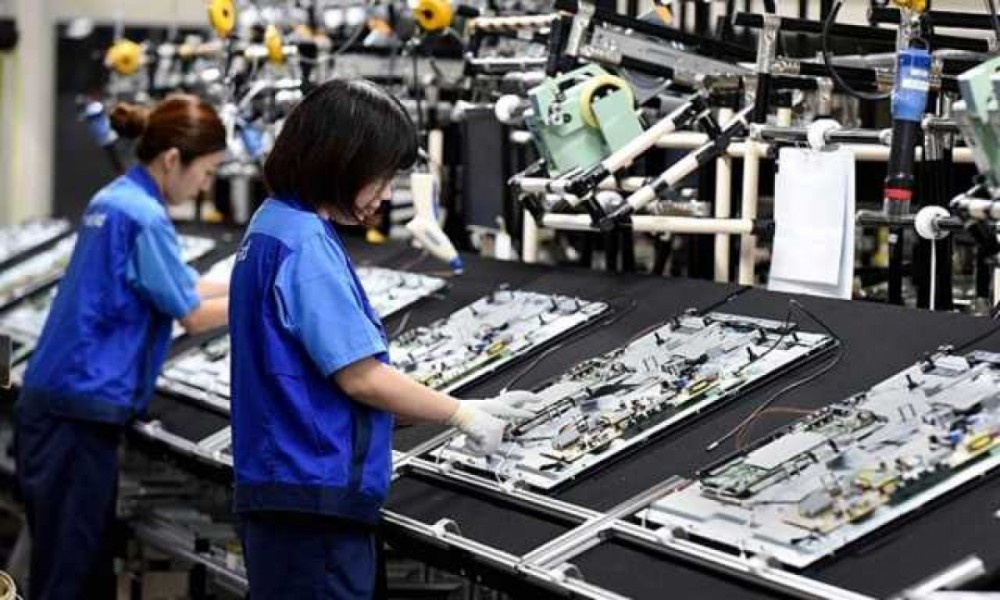
Foreign firms hold 95% of Vietnamese electronics export value
Latest
 |
| Vietnamese electronics exports throughout the 2010 to 2019 period hit over 50%. (Photo: VOV) |
The Ministry revealed that the average growth rate of Vietnamese electronics exports throughout the 2010 to 2019 period hit over 50%, with exports in 2019 reaching more than US$87 billion.
By the end of the first quarter of the year, the electronics sector was ranked among the key industries with export turnover reaching over US$5 billion, of which the export of phones and components enjoyed an increase of 9% to US$14.1 billion on-year, while computer and component exports rose by 31% to US$12 billion.
Despite this, up to 95% of the export value of the electronics industry belonged to foreign-invested enterprises (FDI) during the reviewed period, with the export value of telephones and components accounting for over 99% of the total, while electronics, computers, and components made up 98%.
Experts indicate that these inadequacies can be attributed to the electronics industry’s low localisation rate of between 5% and 10%, adding that the majority of electronic products within the Vietnamese market are CBU (complete built unit) imports, or alternatively assembled domestically from imported accessories with low technological content.
Furthermore, several reputable domestic electronics firms have been slowing down, with their brands gradually fading away recently, while emerging local brands such as Vsmart, Vietel, and Bphone are facing fierce competition from foreign brands.
Representatives from the Viet Nam Industry Agency indicate that the capacity of domestic enterprises remains limited due to their product quality and designs not sufficiently meeting the market’s high demand, while there remains weak connectivity between FDI enteprirses and multinational corporations.
Despite this, through a number of co-operative projects alongside FDI enterprises, domestic firms have shown great efforts in improving their product quality and competitiveness as they join the supply chains of FDI businesses.
For example, the number of Vietnamese first-tier suppliers for Samsung Viet Nam recorded an increase to 35 within four years, according to experts from the agency.
At present, there are four Vietnamese enterprises that are participating in Panasonic’s supply chain, with its value accounting for approximately 10% of the group’s production input value, while Canon Viet Nam has continuously sought Vietnamese suppliers in order to increase its localisation rate.
The Viet Nam Industry Agency proposed that the Government take measures to protect the electricity and consumer electronics market, fine-tune the legal framework on the rules of origin for Vietnamese goods, while simultaneously devising support policies for a number of promising domestic enterprises within the electronics sector.
Experts have therefore advised businesses to identify their core product segments whilst paying close attention to the general trends occurring globally in terms of consumption and technology development as they prepare to launch highly competitive products in the future.

























